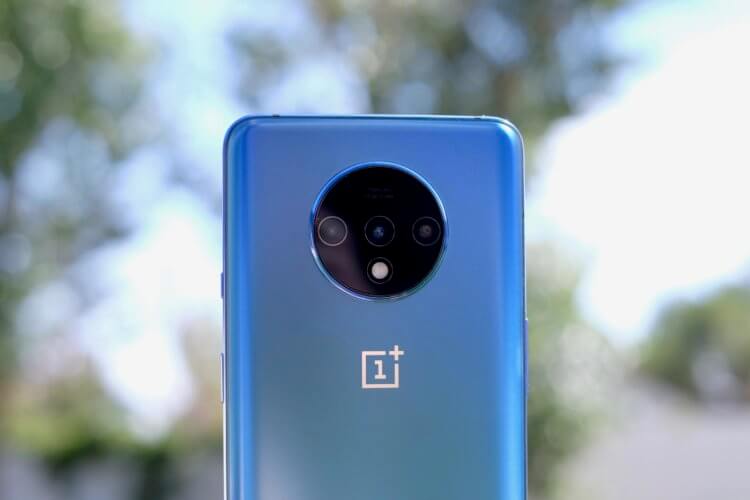OnePlus recently unveiled the OnePlus Concept One at the CES 2020 consumer show. A special feature of the phone is the ND filter, which hides the cameras of smartphones by analogy with sunglasses. Before the announcement, everyone thought that the company would show something truly unique and interesting, but in reality it turned out to be some kind of filter that could, in fact, not be shown. Filter and filter, so what? This time around, we are being asked to believe that OnePlus is gearing up to showcase new display technology. However, we doubt that it will be really interesting.

OnePlus will introduce new display technology
A teaser poster has appeared on the web, it looks like this. The presence of a kind of loop following the display in the form of several screen prints indicates the presence of either an increased frame rate, or advanced protection with several layers of glass.

OnePlus will introduce new display technology
Increased screen hertz
Currently, the flagships of the companies operate with a display refresh rate of 120 Hz. This figure is not very attractive and interesting, since even Xiaomi has already released a budget Redmi K30 with a similar screen. If OnePlus does introduce a 120Hz display, it would be a complete flop. She needs to show something more interesting. For example, a refresh rate of 240 Hz or 360 Hz.
Earlier Sharp introduced the Aquos Zero 2 smartphone with OLED – 240 Hz screen and Snapdragon 855 processor. The company has not yet disclosed the start of sales and the price of the phone. However, its presence says only one thing – manufacturers can already present such a screen. In addition, not so long ago Nvidia, together with Asus, showed the world a monitor with a 360 Hz picture refresh. Why not give the same to the owners of Android phones? However, knowing OnePlus, the company is likely to show the annoying 120Hz display.
Protected screen
Remember Moto Z2 Force? This is a smartphone with a secure screen. It features a ShatterShield with 5 layers of protection. The likelihood that the company will show such technology is very small. The fact is that due to the numerous layers of protection, the picture quality may suffer, the effect of the display hovering above the surface disappears.
What is hertsovka responsible for and what are its pros and cons?
The refresh rate of the screen is measured in hertz, 60 hertz means that the screen can show 60 frames in 1 second. The more frames, the smoother the picture feels (less gaps between frames). What are the advantages of increased frequency? A 120Hz screen will appear 2 times smoother than a conventional 60Hz display. This is especially true in the case of games and mobile interfaces, since the human eye is located close to the screen, and the user often interacts with the interface. Android with Material Design began to offer more complex and varied animations.
The disadvantage of increased frequency is the increased consumption of battery power. Manufacturers need to increase the battery capacity by 10-20% to compensate for the difference in screen frequency. The reason for the increased consumption is the graphics chip – it needs to draw 120 frames per second instead of 60. In the case of 240 Hz, the load on the graphics chip will become even higher. This can also lead to its rapid wear.
Can I increase the screen frequency myself?
It is possible to overclock the display, but this can lead to a number of problems. Everything rests on the capabilities of the matrix and the display controller – they may simply not support such high frequencies. In addition, manually increasing the frequency will lead to their rapid failure. Some craftsmen manage to develop modifications with screen overclocking. So, the display Xiaomi Mi 9T was overclocked to 75 Hz, and Mi 9 was overclocked to 84 Hz.
Do smartphones always run at an increased frequency?
No. Some manufacturers are not yet ready to use honest 90 or 120 Hz in all applications. For example, OnePlus disables 90Hz in apps using SurfaceView, TextureView, or NativeActivity. The Pixel 4 also uses 90Hz adaptive mode by default, but you can enable a constant boost in the developer settings. Owners of Redmi K30 complain about similar problems with adaptive 120Hz.
Don't forget about our Telegram chat.
